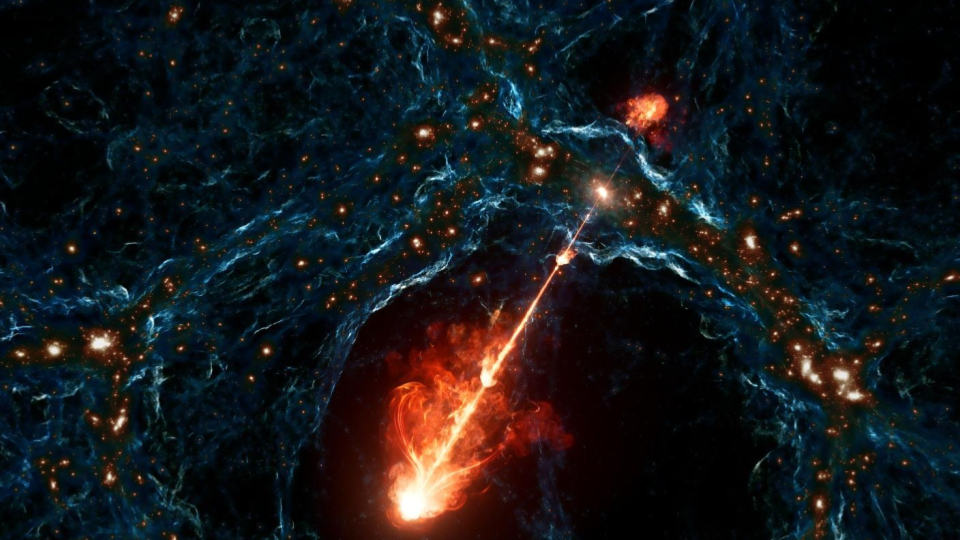
The definition of a black hole allows for these objects to have a wide range of sizes. Basically, every mass requires some amount of velocity to escape its surface. Our planet has an escape velocity of 11.2 km/s. The asteroid Bennu had a minimum escape velocity of 17 cm/s, but those escape velocities are due to the sizes of each object. As you compress a world smaller and smaller, you have to go faster and faster to escape it’s gravity. If we took all of Earth’s mass and compressed it down to less then 2 cm, the escape velocity would rise all the way up to … and then past … the speed of light. And since nothing with mass can go the speed of light let alone faster than light… a less than 2cm sized planet Earth would be a black hole. If you compressed the moon down to 0.2 mm, black hole… if you took a person and made them thousands of times smaller than our estimated size of an electron…black hole. Antman – at his smallest – totally a black hole.
Anything, smashed until it has an escape velocity equal to or greater than the speed of light is a black hole.
But black holes don’t have to be small… and massive black holes lurk in the hearts of many galaxies. With sizes smaller than a solar system, these beasts can have masses billions of times bigger than the mass of the Sun. These Super Massive Black Holes can form massive disks of rapidly orbiting charged material – so called accretion disks – and these disks can generate powerful magnetic fields and – like rail guns – fire particles out at high velocities. And when these jets fire for long enough periods of time, they can grow in length to millions of light years. For comparison, galaxies like ours or Andromeda are only a few 100,000 light years across. These massive particle fountains influence the formation of structures, and, according to a new paper, may even influence the evolution of regions of our universe.
The largest set of jets found so far are 23 million light years in length and extend away from a galaxy that shined its light toward us when the universe was between 4.4 and 6.3 Billion years old. It was discovered by citizen scientists examining data from LOFAR, an array of radio telescopes in the Netherlands. To form, the supermassive black hole in the center of the originating galaxy would need to be actively feeding on material in an accretion disk for millions of years.
It is unknown how many objects like this may be out there. What we do know is they were more common in the earlier universe when there was more material available to feed black holes. Over the eons, black holes have both consumed material, and the bright light from accretion disks has pushed outwards, triggering mass to form stars and blasting it out of reach of the black hole’s messy eating.
